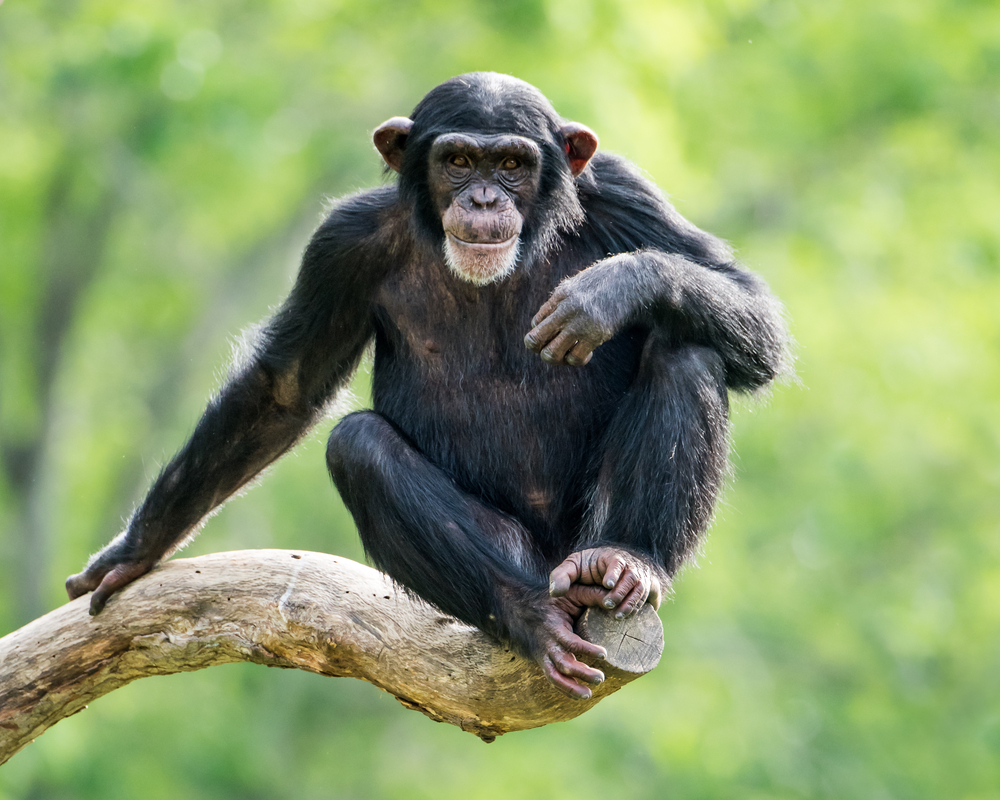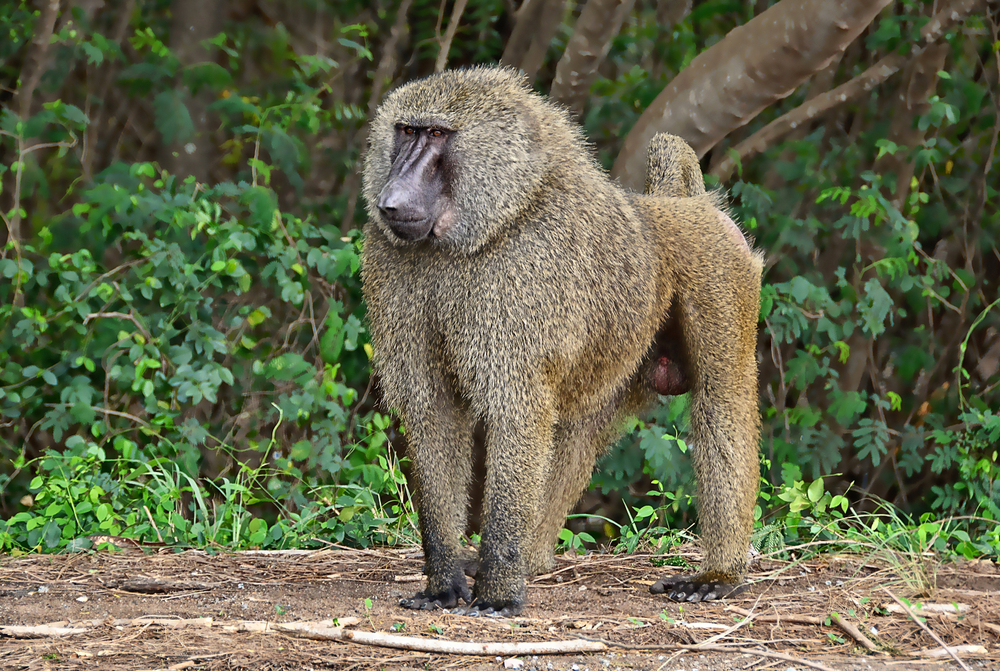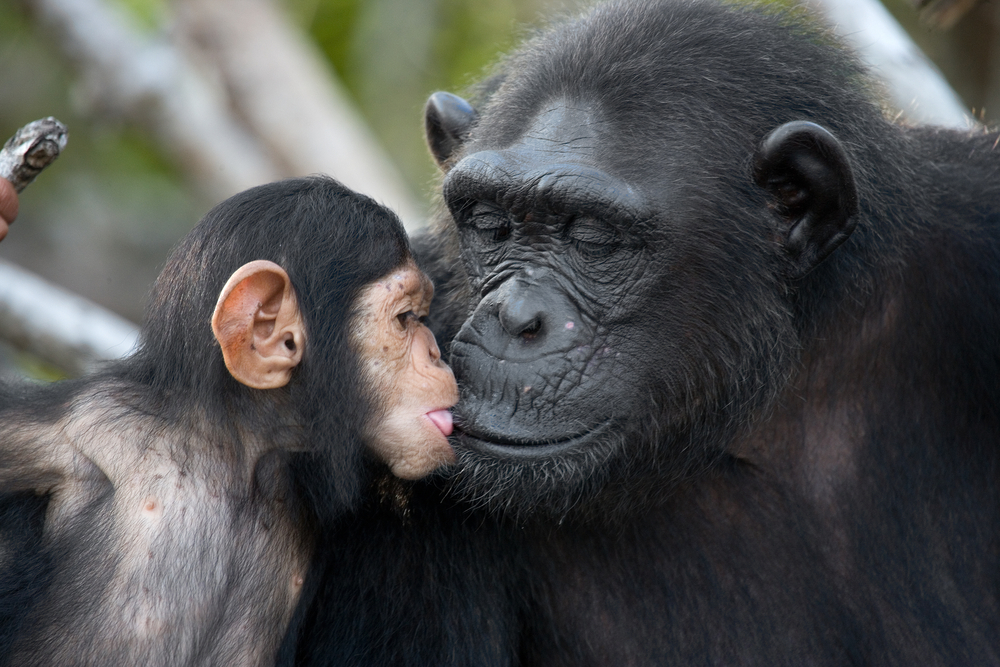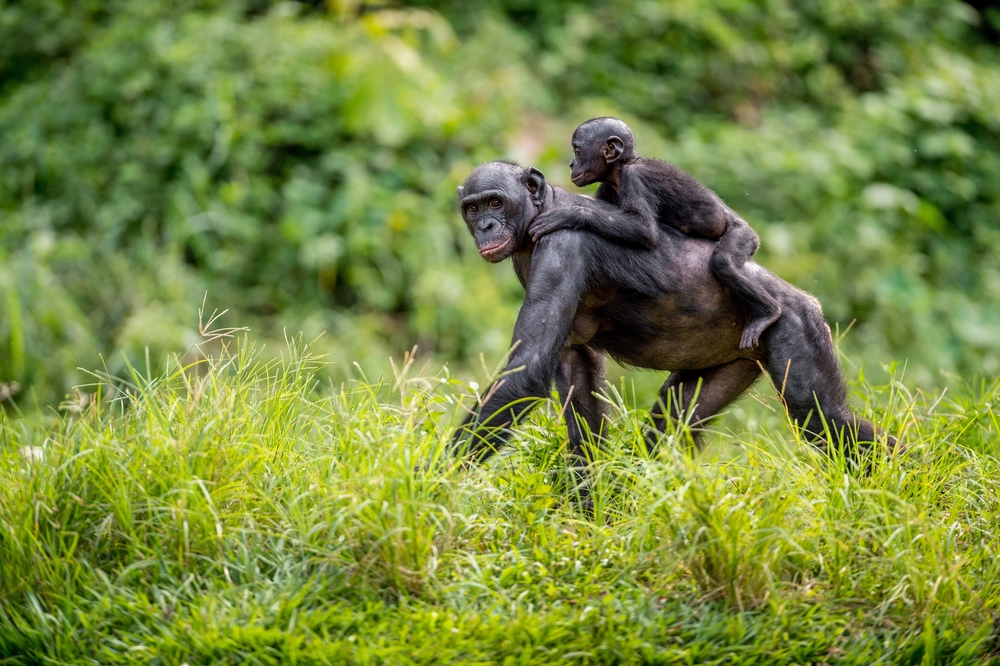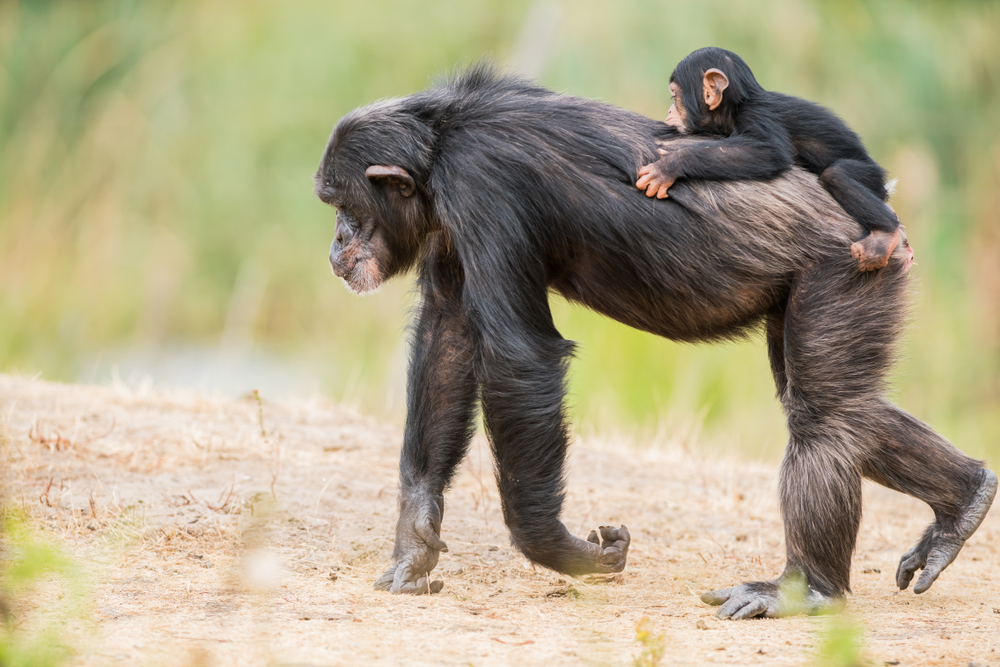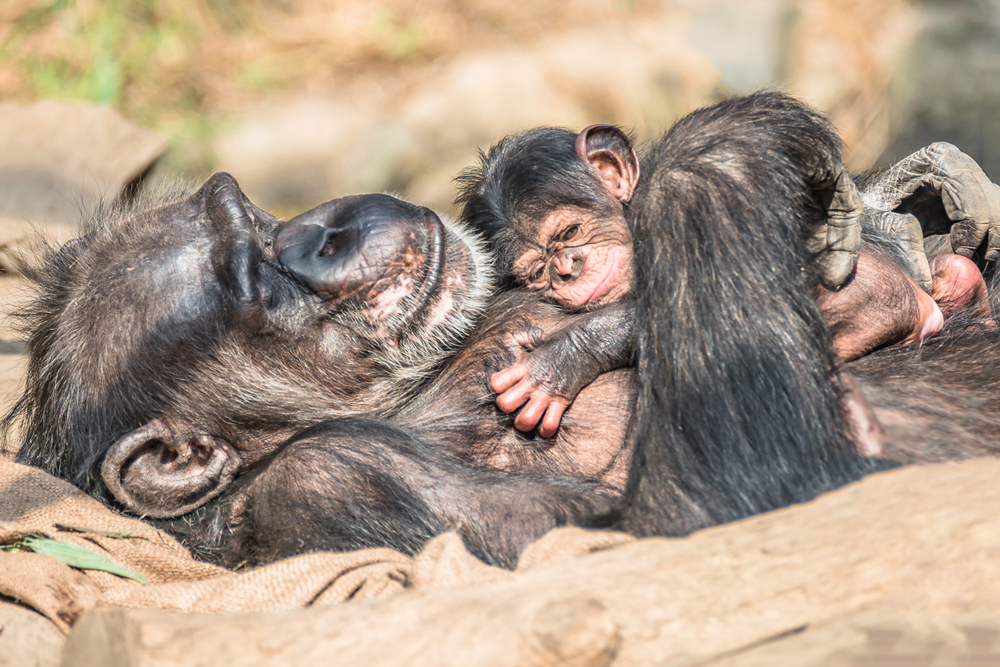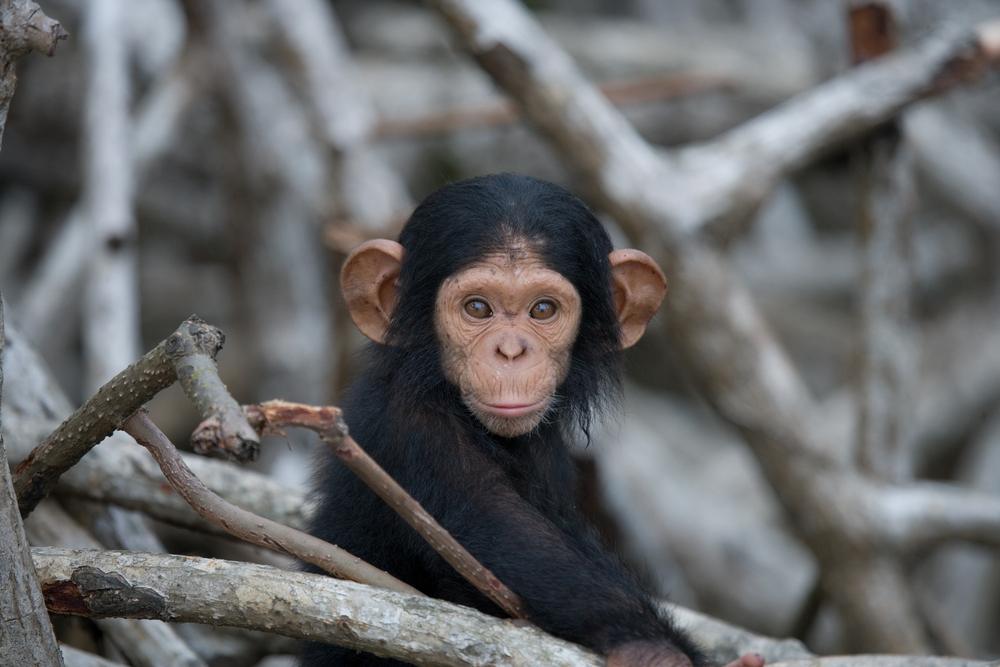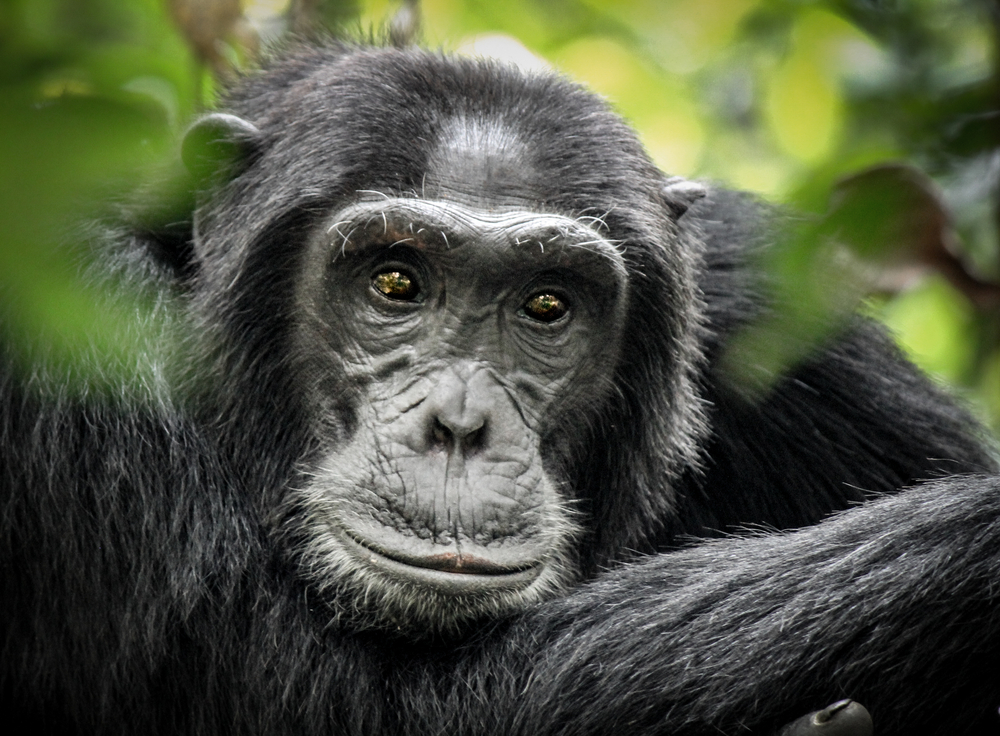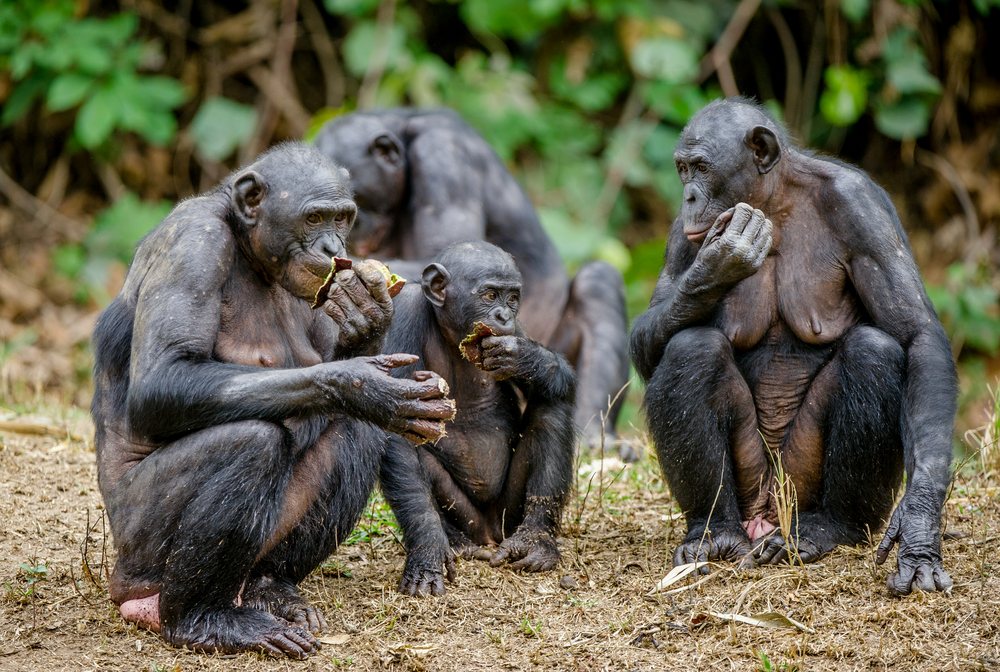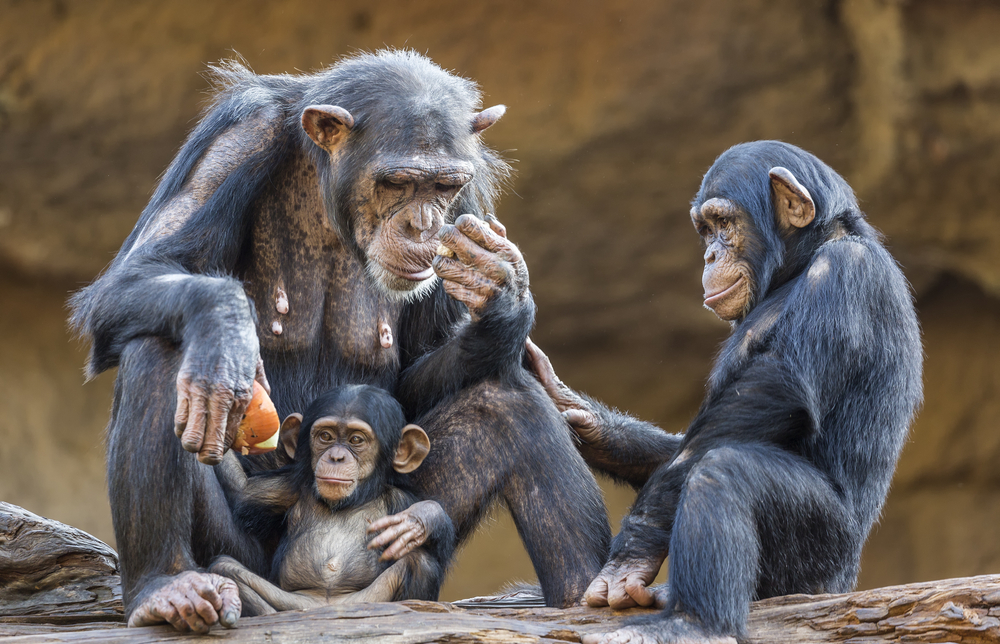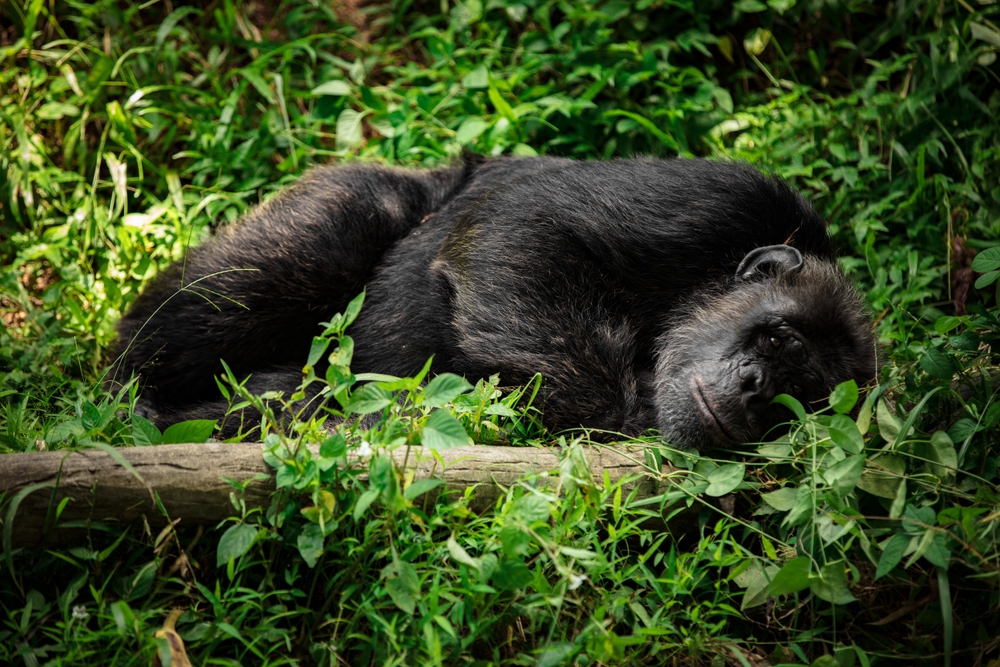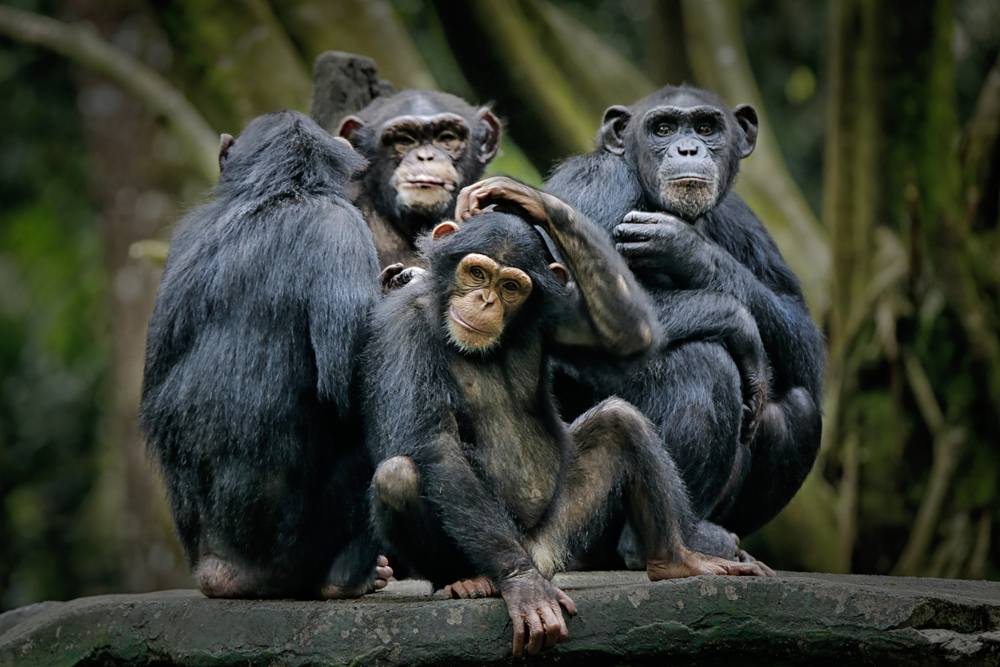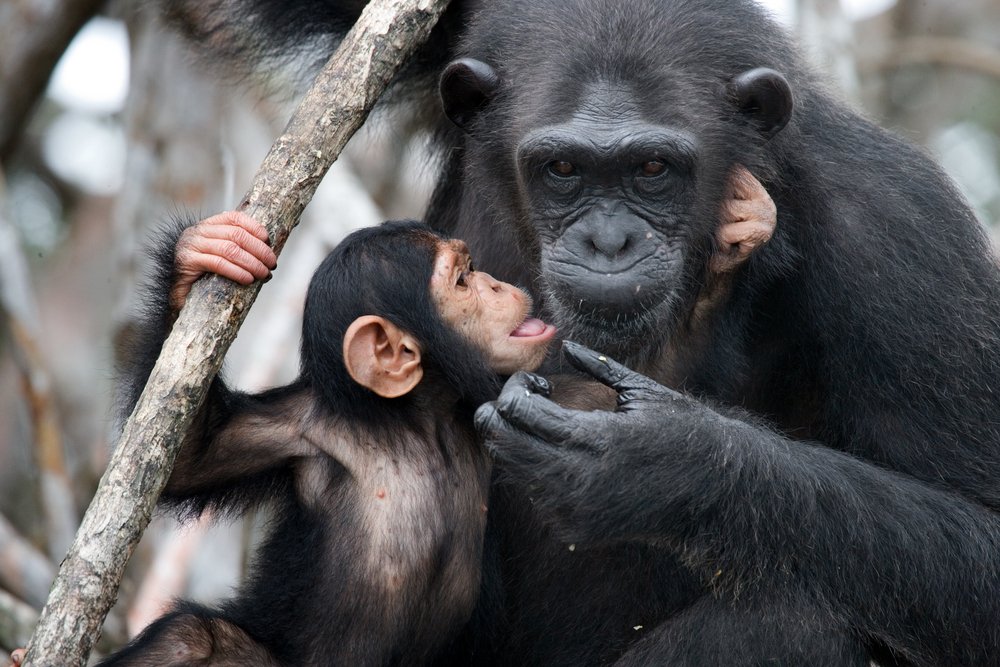About
#Mammals
#Primate
The Chimpanzee, scientifically named Pan troglodytes, is a species of great ape native to the forests and savannas of central and western Africa. It belongs to the Hominidae family within the Animal Kingdom’s order Primates, which also includes humans, gorillas, and orangutans.
Chimpanzees are highly intelligent and social animals, exhibiting complex behaviors such as tool use, cooperative hunting, and sophisticated communication through vocalizations, gestures, and facial expressions. They have large brains relative to their body size and possess opposable thumbs, allowing them to manipulate objects and use tools effectively.
Physically, chimpanzees are covered in coarse black hair, with bare skin on their faces, palms, and soles of their feet. They have long, powerful arms and a relatively short, robust body structure. Chimpanzees primarily feed on fruits, leaves, insects, and occasionally hunt smaller mammals or scavenge for meat.
Conservation Needs and Status
Chimpanzees face significant conservation challenges, including habitat loss and fragmentation due to deforestation, human encroachment, and poaching for the illegal bushmeat trade. As a result, the International Union for Conservation of Nature (IUCN) Red List classifies chimpanzees as endangered.
Population estimates suggest that chimpanzee numbers have declined by more than 80% over the past century, with only an estimated 172,000 to 300,000 individuals remaining in the wild. Conservation efforts aimed at protecting chimpanzees involve habitat preservation, anti-poaching measures, community engagement, and education initiatives.
Additionally, addressing the root causes of human-chimpanzee conflicts and promoting sustainable land management practices are crucial for the long-term survival of this iconic species. Captive breeding and reintroduction programs also play a role in bolstering chimpanzee populations, particularly for orphaned or confiscated individuals. Continued monitoring and concerted conservation actions are essential to secure a future for chimpanzees in their natural habitats
Threatened:
Extinct
Critically Endangered
Endangered
Vulnerable
Near Threatened
Least Concern




































































